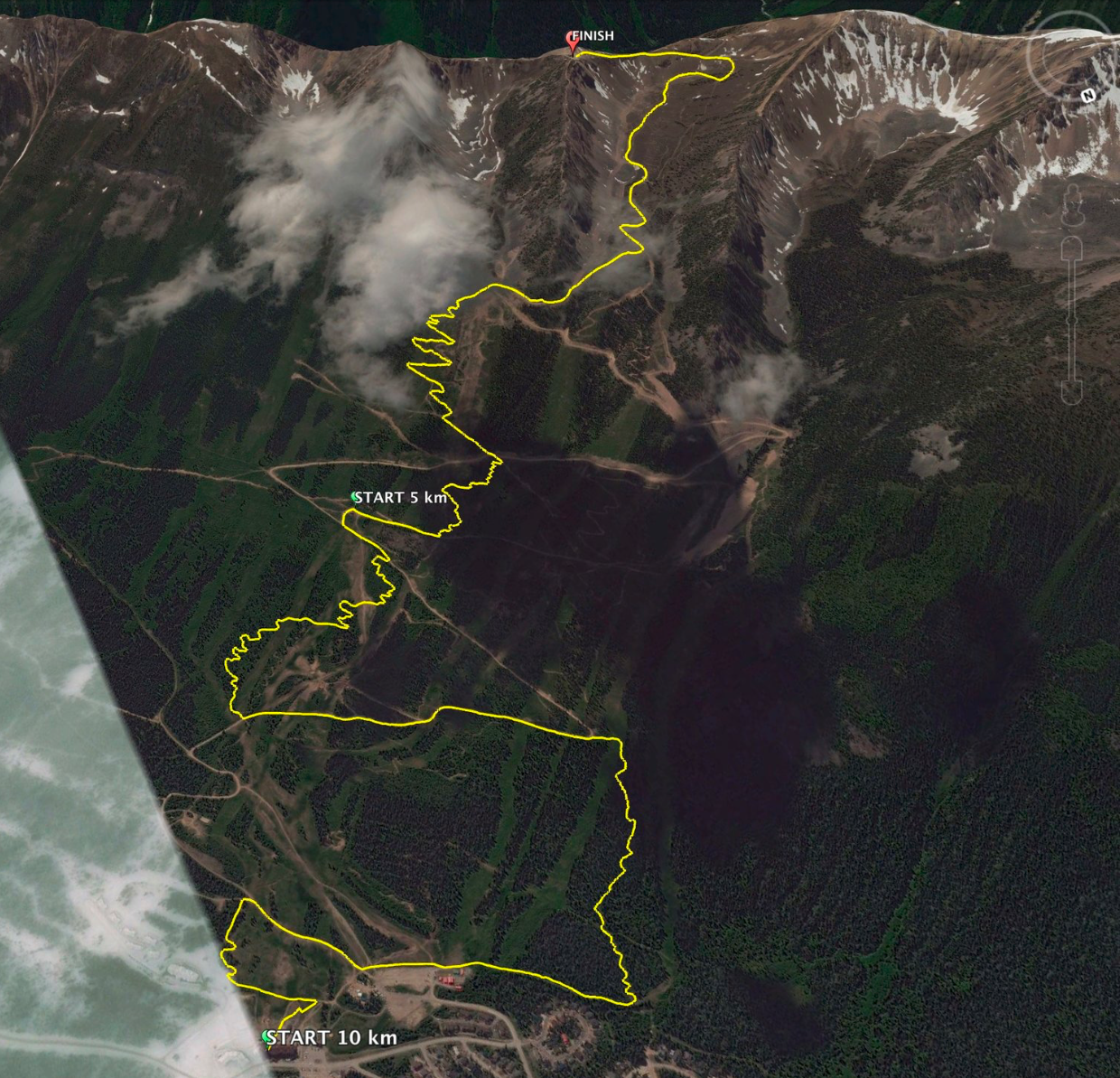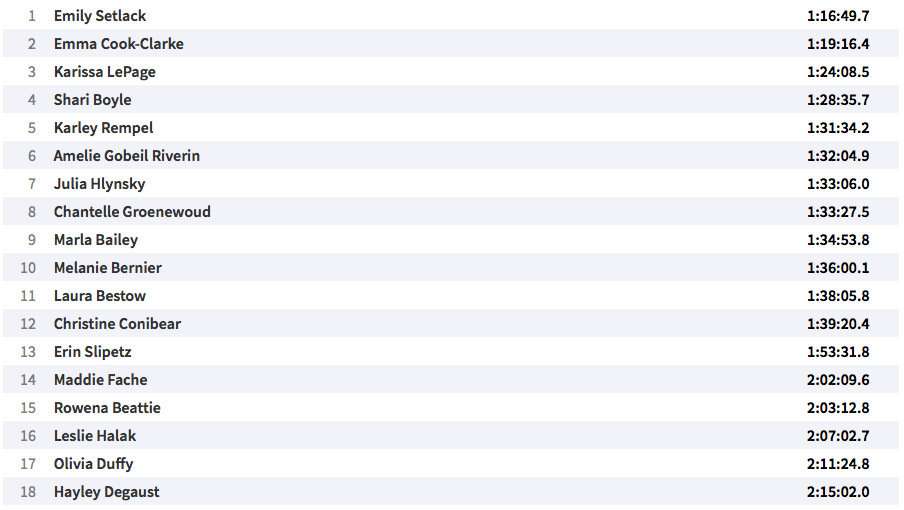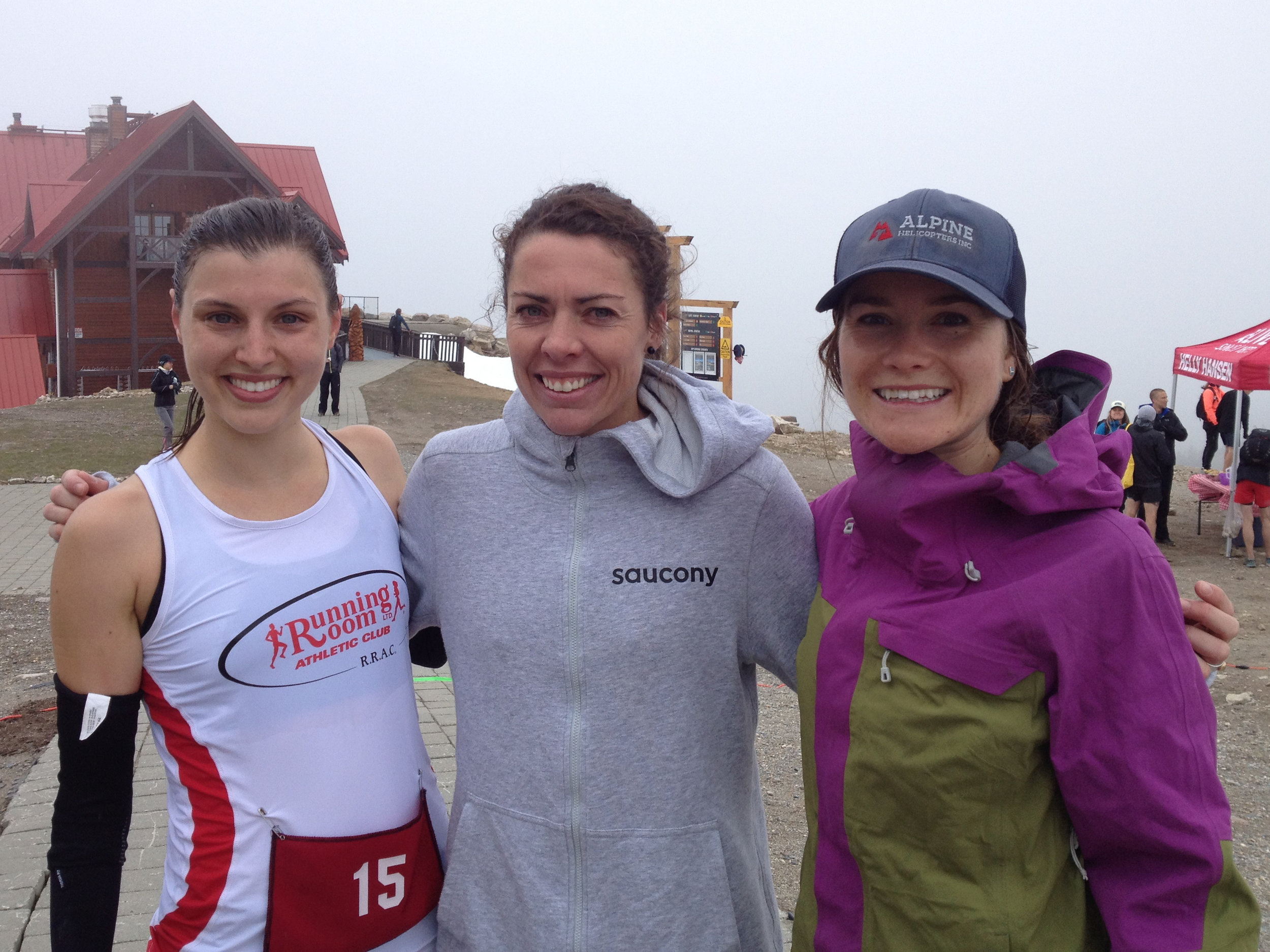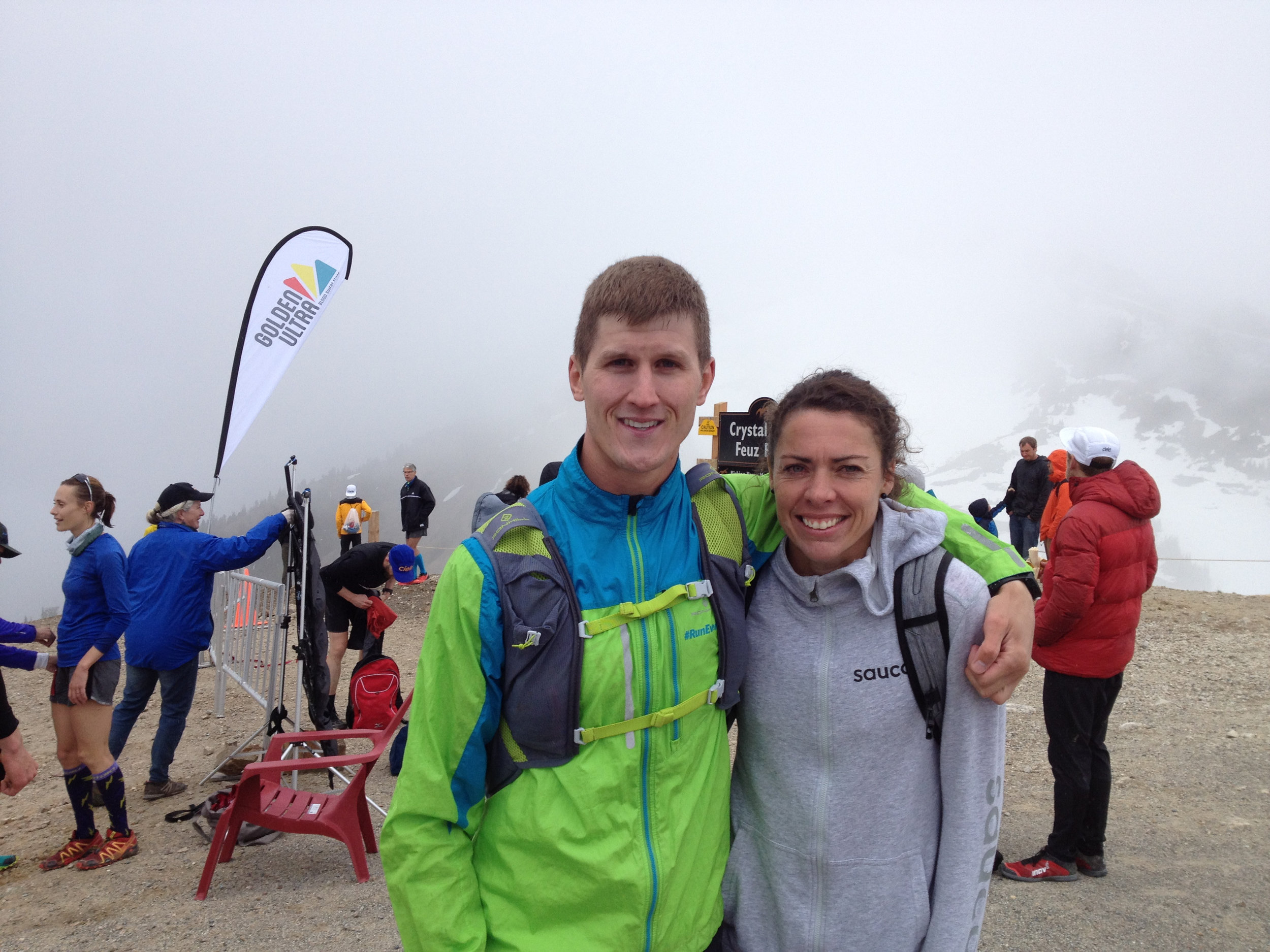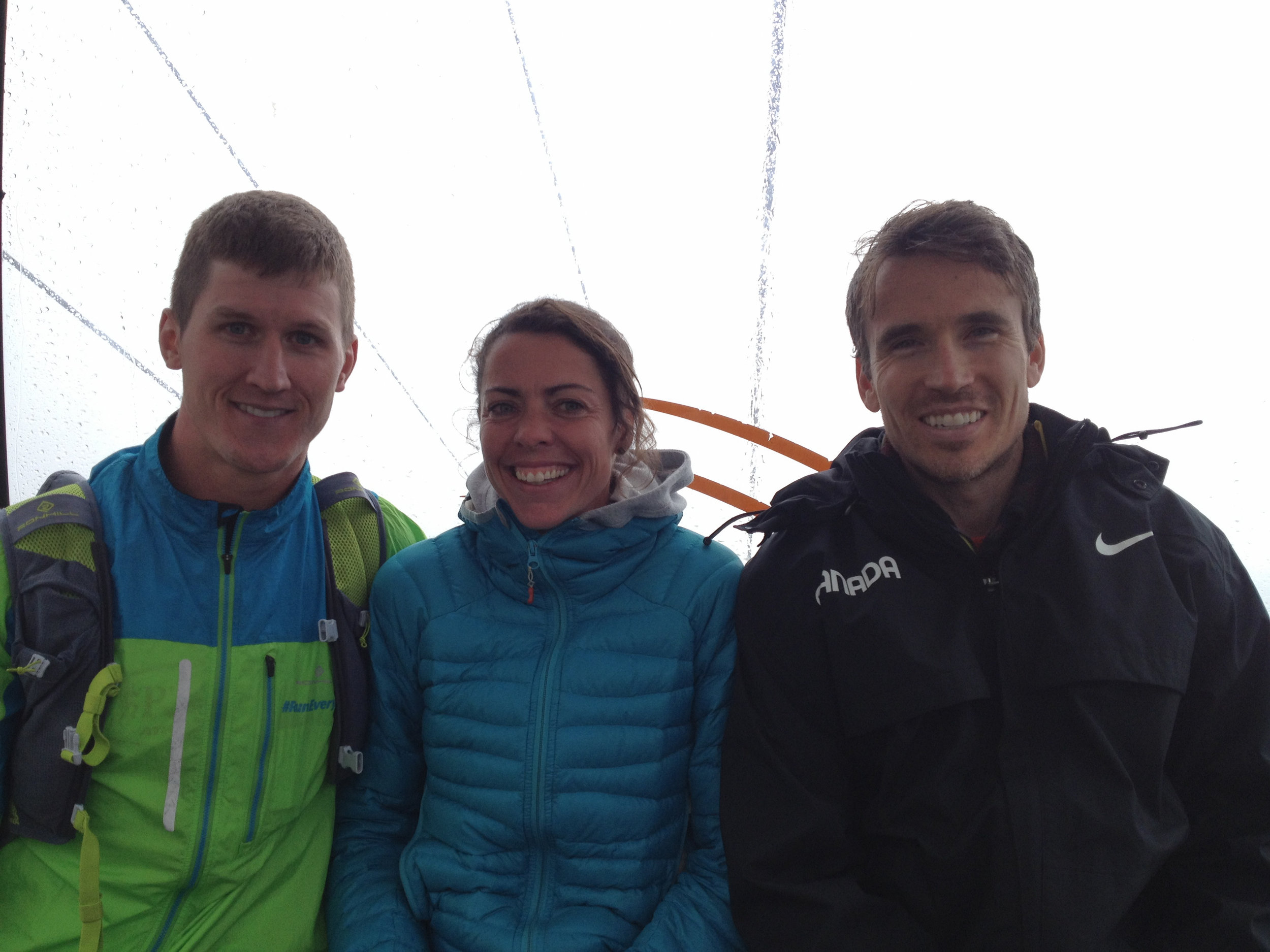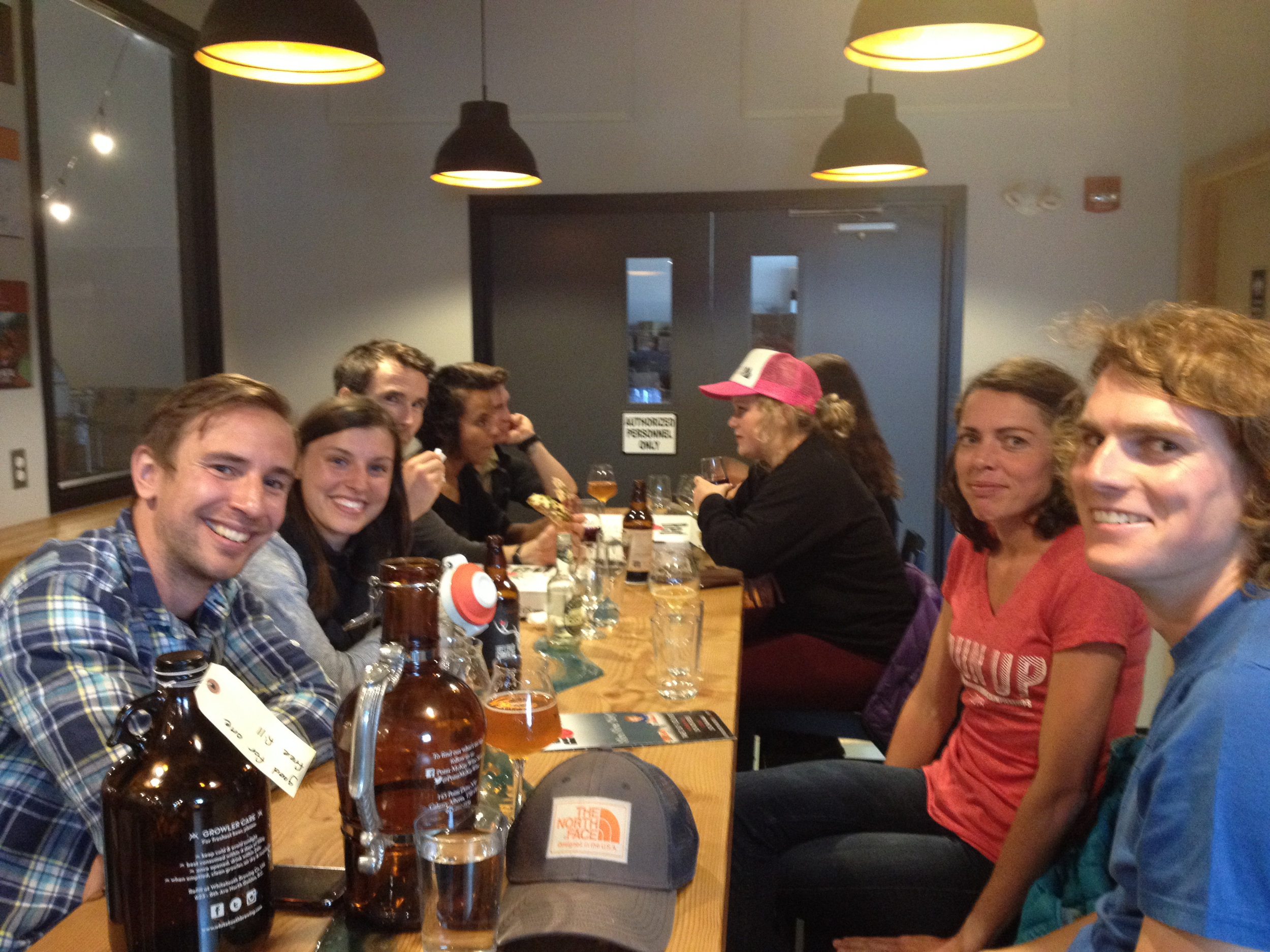By: Matt Setlack
The purpose of this post is to describe what it was like to do 1 million steps in 30 days. The exact number was 1,026,659 steps between 01 and 30 April 2019. This corresponded to a running distance of 878 km in about 77 hours (an average of 29 km of running in 2 hours and 34 minutes per day).
I am passionate about running and flying. I am lucky to have the opportunity to do what I love everyday. Anyone who knows me, knows that I’m intense and that I don’t do anything half-way; I either go all out or not at all. I hope that this post may not only inform but also motivate others to set a goal for themselves and then work hard to achieve it. I hope it will motivate you to find something that you’re passionate about and follow it. That could be running, learning a new instrument, learning a new language, volunteering in your community, etc.
Background
I started Phase 2 Basic Flying Training on the CT-156 Harvard 2 at the end of October 2018. The first three months (November 2018 to January 2019) were very busy and I spent every free moment studying. We then moved on to a month of simulator missions (February 2019), which freed up time to train. Once sims finished, I thought we would move right onto the flight line and start flying but instead we waited, and waited, and waited, and then waited some more. During that time we did personal studying and tried to stay sharp.
Because I had previously been in the routine of studying during all my free time and exercising very little, that routine carried through to March 2019. I found myself unfit (I had gained about 12 lbs since the start of course) and I didn’t like the trajectory that my physical fitness was going in. I wasted a lot of my free time on things that did not matter. I thought that since I had the time, I would do something about my plummeting physical fitness and took up a personal million step challenge.
Breakdown
My goal was to do 1 million steps in 30 days. In order to do this, I would have to walk/run an average of 33,334 steps per day. It was a good idea to break down the bigger goal into a daily goal because it kept me on track. If there was ever a time when I didn’t feel like running, I knew that if I didn’t run, then I would have to make up those steps (usually an additional 60 minutes of running) the next day. When you are already running about 2.5 hours per day, it is quite a jump to have to do 3.5 hours per day. Having a vision/goal is EXTREMELY important. It gives what you’re doing purpose and also gives you motivation to get it done.
As shown in the chart below, I was relatively consistent in terms of number of steps completed per day.
The Most Challenging Part
The most challenging part of this entire 1 million step challenge was getting into a ROUTINE the very first week. It was also fairly physically and mentally challenging at first since I had not been running a lot of mileage in the months leading up to April 2019 (see my Strava). Once I got into a routine, it became much easier to run 2.5 hours per day. As shown in the training log below from April 2019, this was typically broken up into a longer morning run outside at 6:30 am and a shorter lunch run or afternoon run on the treadmill.
I had previously completed a step challenge in May 2018 with the Aerospace Engineering Test Establishment (see post here). One of the big differences between this challenge and the previous challenge was that I almost always did two slightly longer runs per day (April 2019) rather than three shorter runs per day (May 2018).
Other challenging days were when the schedule changed. It’s much easier when there are set timings to complete various tasks throughout the day. Get up at the same time, go to work at the same time, run at the same time and go to bed at the same time. I found it really challenging when I had to get up at 4 am for a sim mission because then it threw everything else off.
The photo below is from the most challenging run I did in the entire month. The temperature was around -2C with sleet/rain/snow and winds of 44 kph. With the windchill, the temperature felt like -8C. I did a 2:50 run up and down the road near Valley View in Wakamow Valley. My feet were completely soaked the entire time and my sunnies kept icing up. If I took them off, then ice pellets would sting my eyeballs. The advantage of doing these challenging runs (as long as you don’t get sick or injured) is that when you’re facing adversity in a race, you can look back and know that you have run through much worse before.
When I was in the mountains over Easter long weekend, I found it challenging running 90 minutes in the morning, sitting in a vehicle for 8 hours, getting back as the sun is going down and then going for another 60 minute run. It was also fairly challenging to shovel dirt or frame a house for 8 hours and then go for another 60 minute run in the evening. However, I genuinely enjoy volunteering to build houses so I did not mind at all.
The breakdown of runs I did in April 2019 is below (from my Strava training log).
Where did I run?
The thing about running from 15 Wing Moose Jaw is that you are on an island in a sea of fields. If you want to leave, there are only two options: left or right. To get to 95% of my runs, I ran on a single rut/trail in the ditch of 9 Avenue SW. Thankfully, there is an amazing trail network in the Wakamow Valley and I spent most of my time running there. Sometimes I ran on the trail network in Moose Jaw.
For a pdf of the Wakamow Valley trail map above, click here.
For a pdf of the Moose Jaw trail map below, click here.
Unintended Consequences
While running an average of 29 km per day for a month, this is what happened to me:
I got a wicked farmers tan because I was spending so much time outside. I also got a lot more fresh air, which was nice.
I felt better both mentally and physically than I have felt in months.
I discovered so many new trails and got to know Moose Jaw much better. There is no way I would have done this if I had not started the challenge.
My alcohol consumption decreased. I enjoy having a few drinks with friends at the mess on a Friday night. However, when you have to get up at 6:15 am to go for a 90 minute run, that puts a little damper on things. I found that I drank less and generally went to bed earlier.
I generally ate better food. I always run before meals but occasionally after meals. Running with a Swiss mushroom burger, curly fries and a cheesecake dessert does not feel very good in your stomach. As a result, I didn’t intend on eating any healthier, it just kind of happened. I ate basic foods that would make me feel better in the long run rather than for the immediate gratification.
Running Kit
The great thing about running is that it requires very little kit. All you need is a pair of running shoe really. These are the things that I could not live without:
iPod Shuffle - Big thanks to Dylan Wykes and Alex Palardy for giving me their iPod Shuffles. If you have a Shuffle that you’re not using and would like to sell it to me, I would be willing to give you up to $20 for it. Please let me know.
Running Shoes - The running shoes I wore most frequently were: Hoka Bondi 6, Hoka Clifton 6, New Balance 1080v9, Mizuno Waveknit R2, and Salomon Speedcross 4. I pick my shoes up at Running Room (they have a military discount). My favourite Running Room store is the 109 Street store in Edmonton.
Garmin 230 GPS running watch - Highly recommended. I am still waiting for Garmin to put a camera (in addition to bluetooth music) in their GPS running watches.
Ronhill Apparel - I absolutely love Ronhill Apparel (and Hilly socks too). It fits me as if it was custom made for me.
Ball cap and polarized sunnies - I always wear them. Since Moose Jaw is the windiest place I have ever been, the sunnies prevent dust and debris from blowing into my eyes. They also prevent me from poking my eye out on a branch in the forest. Sometimes it is so windy that my ball cap nearly gets blown right off my head.
Schedule
Everyday I ran about 2.5 hours, which did not include changing, showering, getting to the gym, etc. Usually I ran 90 minutes in the morning (6:30 am) and 60 minutes at lunch or after school. In addition to running, I did the following things:
Monday - volleyball in evening 75 minutes
Tuesday - #40 RCACS in evening
Wednesday - nil
Thursday - volleyball in evening 75 minutes
Friday - mess
Saturday - helping to build a house all day with Habitat for Humanity Moose Jaw
Sunday - usually did one run of 2.5 to 3 hours.
How to NOT get injured
If you have seen my Strava training log, you may have noticed that I went from running about 25 km a week from November 2018 to March 2019 to running 200 km per week in April 2019. Generally, I don’t recommend bumping up your mileage that drastically. However, to mitigate the steep increase and reduce the probability of getting injured, this is what I did:
Slow easy effort - all my runs were done at a very easy effort. I did not look at my watch at all; I just ran by feel. Usually it was somewhere in the range of 5:00/km to 5:30/km.
Soft trails - 95% of my outdoor runs were done on soft trails in the Wakamow Valley.
Cushioned running shoes - the majority of the time, I wore the maximalist Hoka Bondi 6.
Treadmill runs - 60 minutes per day were done on the treadmill at 1% incline.
Sleep - I generally went to bed at 10:30 or 11:00 pm and woke up at 6:15 am.
Giving Back to the Community
Once I got into the challenge, I noticed that I was generally more productive in areas of my life outside of running. Not only had the physical fitness component of my life improved, but other components of my life like work and volunteering also improved. I volunteered to teach aviation classes with #40 Snowbird RCACS. When I was younger, I went through the air cadet program and found that it helped me to become the person I am today. I wanted to give back something to the program. I thought that my education and experience would be beneficial to the program.
The Wakamow Valley trail network is one of the best trail networks I have ever run on so I volunteered to help maintain and improve the trail network.
I also volunteered to help build houses on the weekend for Habitat for Humanity Moose Jaw. I really believe in the program and I enjoy working as a team for something that is bigger than myself.
Conclusion
Although the million step challenge was not easy, I would recommend that you consider doing it. It will improve you as a person both physically and mentally. If you have any questions or would like more information, please email me at the “contact” link above.
You will always find time for things that are important to you.








